I'm trying to implement the code from this tutorial, but in much greater proportions (radius = 100000 units).
I don't know if the size matters but on my earth render the clouds have a strange render. As the tutorial does, I'm using two spheres and three textures (earth map, bump map, clouds).
Here the result (that's worse if the clouds are closer):

More the clouds are closer of the planet surface, more this glitch is visible. If the clouds are sufficiently far (but that's not realistic) the problem disappears completely.
What can I do?